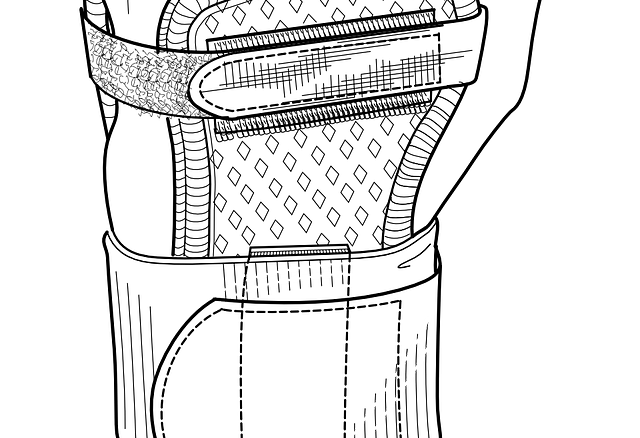Ligament/Soft Tissue Injury of the Wrist
What is it?
A large number of ligaments stabilizes the numerous bones that make up the hand and wrist. These ligaments allow the wrist to move and function.
A joint know also stabilizes the wrist as the DRUJ (distal radio-ulnar joint). This is made up of ligaments, tendons and a cartilage disc (TFCC, The triangular fibrocartilage complex), similar to the one found in the knee.
What causes it?
Most injuries to the ligaments and cartilage disc of the wrist are caused by falls onto an outstretched hand following a fall. Still, they can sometimes be due to repetitive or strenuous overuse.
Disruption or injury to the ligaments of the wrists can lead to wrist instability and can affect the delicate balance in the way that the bones of the wrist interact with each other. This can lead to the onset of arthritis of the hand.
What are the symptoms?
Most patients will present with a history of a fall followed by pain, stiffness and swelling in the wrist that isn’t settling. Patients may also complain of an unstable or weak wrist feeling, clicking or clunking in the joint or the inability to perform certain tasks.
Do I need any further investigations?
YES. All patients will require x-rays to assess if there is any damage to the bones of the wrist. Most patients require further investigations, including an MRI scan. Some patients need a diagnostic wrist arthroscopy to allow Prof Imam or a team member to plan further treatment.
What is the treatment?
Minor sprains and wrist strains usually recover with simple analgesia, hand therapy, splinting and activity modification.
Cases that done settle following non-operative treatment require further investigation and treatment.
⦁ Wrist Arthroscopy and treatment of TFCC tears either repair or debridement.
⦁ Open repair of TFCC tears.
⦁ Open ligament reconstruction – various operations can be performed using “spare” tendons in the wrist to reconstruct damaged ligaments and reduce the likelihood of wrist arthritis.
How long will it take to recover?
Ligament and TFCC injuries are complex and tricky to treat. Your recovery will depend on the extent and longevity of your injury, as well as the type of surgery carried out. In general, treatments for the more complex injuries take from 6-8 weeks and include periods of plaster and splint immobilization.
What are the potential complications?
Any surgical procedure carries risks. However, every effort is made to minimize these to ensure the best possible outcome from your surgery.
⦁ Infection – Uncommon and usually treated very successfully with antibiotics
⦁ Delayed healing – Smokers and those with diabetes are more prone to this
⦁ Mal-union – sometimes the position of the fracture may move during treatment. This may lead to the fracture healing in a less than perfect position, although it rarely causes problems unless it is severe
⦁ Painful/Tender Scars – the vast majority of patients complain of some discomfort around the scar and thumb; this is known as pillar pain and generally resolves with time. Rigorous wound care and desensitization as directed by your hand therapist help prevent this.
⦁ Damage to nerves and tendons occurs in less than 1% of patients and may require surgical repair.
⦁ Stiffness – Operations to the hand may cause stiffness. This can be minimized by working closely with your hand therapist and getting your hand moving as early as possible.
⦁ CRPS – An uncommon but potentially serious complication of hand surgery leading to pain, swelling and discomfort. It is impossible to predict this problem, but working closely with your hand therapist and getting your hand moving early has been proven to reduce the risk of this significantly.
When can I get back to normal activities?
The wrist MUST be kept clean and dry for ten days until the sutures are removed. Most people should be able to return to “desk job” type activities within six weeks of the operation.
Any manual work, heavy lifting or sporting activities should be avoided for at least 6-8 weeks.
You may return to driving in around six weeks.
Please inform your insurance company that you have recent hand surgery to ensure that they are happy for you to do so.


